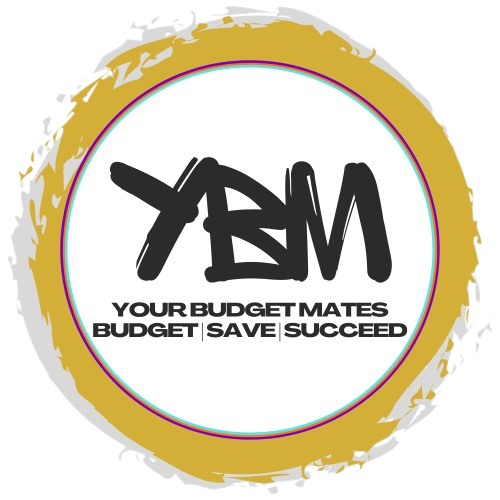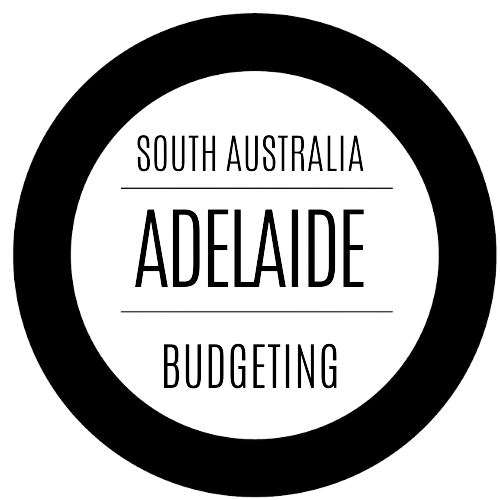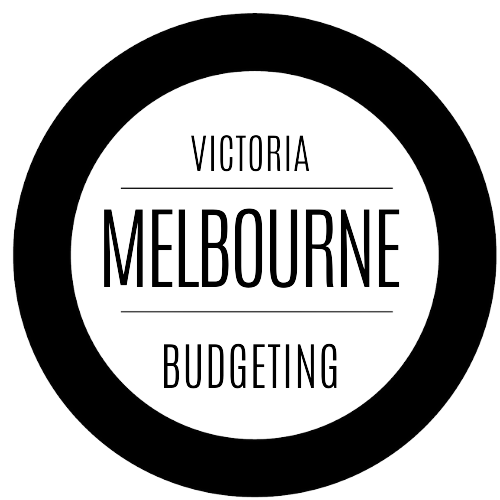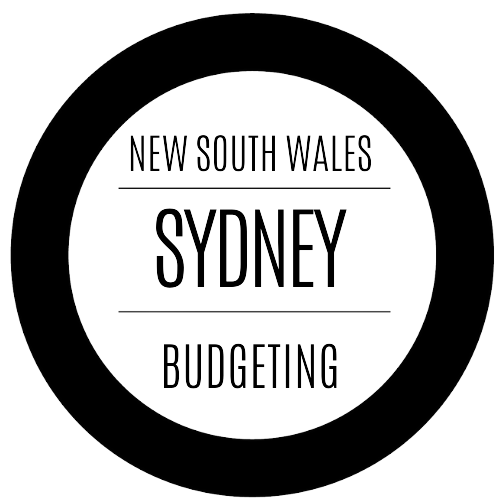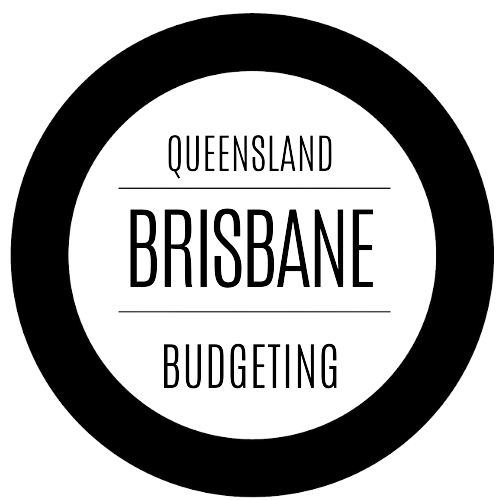Teaching Our Children About Money
One of the most amazing things about being a parent is being able to prepare our children for the real world when they become an adult. We sit and read with our children, to help them to read, we listen to their concerns and provide guidance and assistance with their troubles, and we are there for them when they are in need. How do we help to encourage them with positive money habits when we may be unable to demonstrate this to them?
If you are living week to week and stressing about cashflow like many Australians, the habits around money we have could be passed down to the next generation. As a child myself, growing up with a father as a sole trader, and a stay-at-home mother (often very difficult in recent times), having clients that wouldn’t pay once a job was complete would often generate high levels of stress in our household. For a child this can be scary and money could have a negative connotation to it, so how do we teach our children about good habits associated with money?
STEP 1 – IT BEGINS WITH YOU – “STOP LIVING WEEK TO WEEK”
If you find yourself on the merry-go-round of living week to week life may not be fun. The stress that comes with “will I have enough money this week,” can lead to relationship breakdown, mental health challenges, unhappiness in the household and all round stress. It is not a quality of life worth living. The first step in teaching our children about money can be learned by flying as a passenger in a plane… if the oxygen mask falls, then fit your own mask first before helping others. The same could be said for your household cashflow!
Once you get your household cashflow in order, life becomes more balanced and easier, relationships improve GREATLY and life all round becomes easier and more fun to be a part of it! Some of our clients would say stress-free!
STEP 2 – ONCE YOU HAVE A HOUSEHOLD BUDGET – SHARE IT WITH YOUR CHILDREN
In a digital age and heading towards a “cashless society,” it is much more difficult to explain what “money” is. When I was a child, ATM’s were introduced and my sister and I thought money just came out of a wall… In more modern times money is rarely witnessed as all transactions occur on a card or buy now-pay later service. This can make talking with our children a little more difficult, but not impossible. Wallets and purses are no longer empty when cash has been spent, as cards remain full and do not reduce with each transaction (physically).
We used to have to wait for a lay-by to be paid off before we could get that special something that we had been saving so hard for, and had future planning for our purchases. Now, we can have everything at the click of a finger…
When you expose your children to the household budget and show them how much money comes in, how much money goes out, how much is allocated for future expenses, it will allow them to have a sound understanding of the “flow” of money. It will help them to understand what a budget is, why it’s important to plan for the future, and to always have a back-up plan.
The best way to show your children the household budget would be to present it to them in a very simple and easy to understand format. They would then understand why Mum or Dad do overtime on particular weeks to help achieve long-term goals, why every meal isn’t eating out at the local pub/restaurant, and even help them to understand that YES, you can have a particular item, but it will come at the sacrifice of something else. An early interpretation towards the art of negotiation within the household budget.
STEP 3 – WATCH YOUR LANGUAGE
Growing up all I ever heard was “we can’t afford it.” This simple phrase which I am sure we all use was absolutely detrimental to me growing up, especially around my behaviour with money. If I wanted something and my wallet was empty, I simply told myself that I couldn’t afford it, and then I felt sad. This, in reality wasn’t the case!
I quickly found that if I changed my words, my thoughts and my actions that my reality changed. I CAN afford it, if I choose to spend here rather than there. I CAN afford it if I save $10 per week for the next 10 weeks etc. Money is all about mindset, allocation, negotiation allowing you to live the life you want to live. If we can impart this language onto our children early on that you CAN afford to do what you want to, then rather than going without, they will learn to make more informed choices.
STEP 4 – POCKET MONEY
Once you have demonstrated good money habits to your children, shown them the household budget and helped them with their positive language around money, why not help them to understand pocket money?
Nobody explains to us what happens when we are an adult and we go to work. We go to an interview, get the job, do the work and get paid. When we look at our payslip we see our gross income, tax, superannuation, and our net income. Why not apply the knowledge above to pocket money so when our children enter the workforce they understand the basics well before they need to?
Say you pay pocket money at $10 per week. Consider this:
- $2.00 – “Tax”
- $2.00 – “Super”
- $2.00 – “Charity”
- $2.00 – “Savings/Investing”
- $2.00 – “Pay”
- $10.00 – Total
$4.00 tax and Super can be deposited into an online eSaver, within your bank account structure (no access to child), and setup for your child once per week tallying $208.00 annually. You need to make sure that this money is not touched as you are acting as your childs “employer” during this time.
$6.00 can be given to your child for charity, savings/investing and pay. It is your role as a parent and educator to your child, to impart the importance of saving on a regular basis, so in this example $2.00 can go into a savings account that your child can setup and manage, leaving them with a remaining $4.00 per week for themselves and/or charity. As they have already seen the household budget they can have more of an understanding of planning for the future and having a backup plan.
If your child chooses to support a charity and wants to dedicate $2.00 per week towards this then you can give them a “tax return” from the eSaver you have setup on your accounts for your child (as above) at end of tax season up to the amount they have put away for Tax $104.00 annually. Receiving this “tax return” could be encouraged to be put into savings or investing to help build a brighter future for your child. “Super” can be paid to your child, for them to invest once they turn 18 years old.
These little tips can help get your child, turned adult, ready for work with a solid understanding that they do not get to take home their entire pay check and spend it willy-nilly. Having a solid structure in place at a young age can make a significant difference towards their attitudes around money, and the relationships they develop with money for many years to come…
